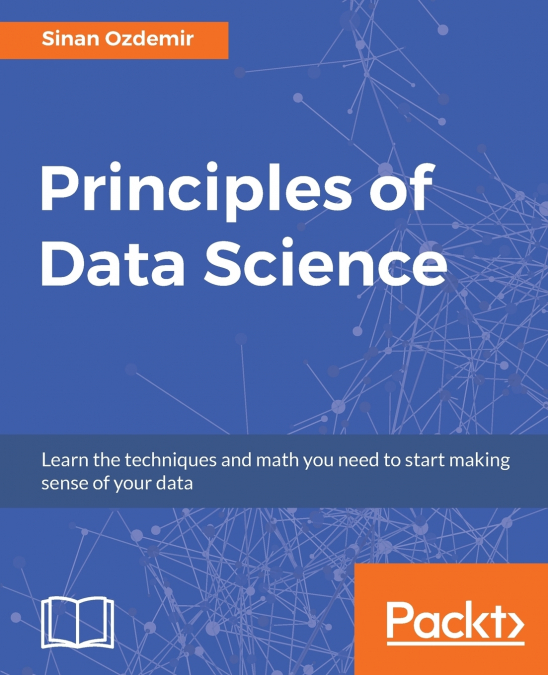
 Librería Perelló (Valencia)
Librería Perelló (Valencia)
 Librería Aciertas (Toledo)
Librería Aciertas (Toledo)
 Librería Elías (Asturias)
Librería Elías (Asturias)
 Donde los libros
Donde los libros
 El AlmaZen del Alquimista (Sevilla)
El AlmaZen del Alquimista (Sevilla)
 Librería Kolima (Madrid)
Librería Kolima (Madrid)
 Librería Proteo (Málaga)
Librería Proteo (Málaga)
Learn the techniques and math you need to start making sense of your dataKey Features:Enhance your knowledge of coding with data science theory for practical insight into data science and analysisMore than just a math class, learn how to perform real-world data science tasks with R and PythonCreate actionable insights and transform raw data into tangible valueBook Description:Need to turn your skills at programming into effective data science skills? Principles of Data Science is created to help you join the dots between mathematics, programming, and business analysis. With this book, you’ll feel confident about asking-and answering-complex and sophisticated questions of your data to move from abstract and raw statistics to actionable ideas.With a unique approach that bridges the gap between mathematics and computer science, this books takes you through the entire data science pipeline. Beginning with cleaning and preparing data, and effective data mining strategies and techniques, you’ll move on to build a comprehensive picture of how every piece of the data science puzzle fits together. Learn the fundamentals of computational mathematics and statistics, as well as some pseudocode being used today by data scientists and analysts. You’ll get to grips with machine learning, discover the statistical models that help you take control and navigate even the densest datasets, and find out how to create powerful visualizations that communicate what your data means.What you will learn:Get to know the five most important steps of data scienceUse your data intelligently and learn how to handle it with careBridge the gap between mathematics and programmingLearn about probability, calculus, and how to use statistical models to control and clean your data and drive actionable resultsBuild and evaluate baseline machine learning modelsExplore the most effective metrics to determine the success of your machine learning modelsCreate data visualizations that communicate actionable insightsRead and apply machine learning concepts to your problems and make actual predictionsWho this book is for:You should be fairly well acquainted with basic algebra and should feel comfortable reading snippets of R/Python as well as pseudo code. You should have the urge to learn and apply the techniques put forth in this book on either your own data sets or those provided to you. If you have the basic math skills but want to apply them in data science or you have good programming skills but lack math, then this book is for you.